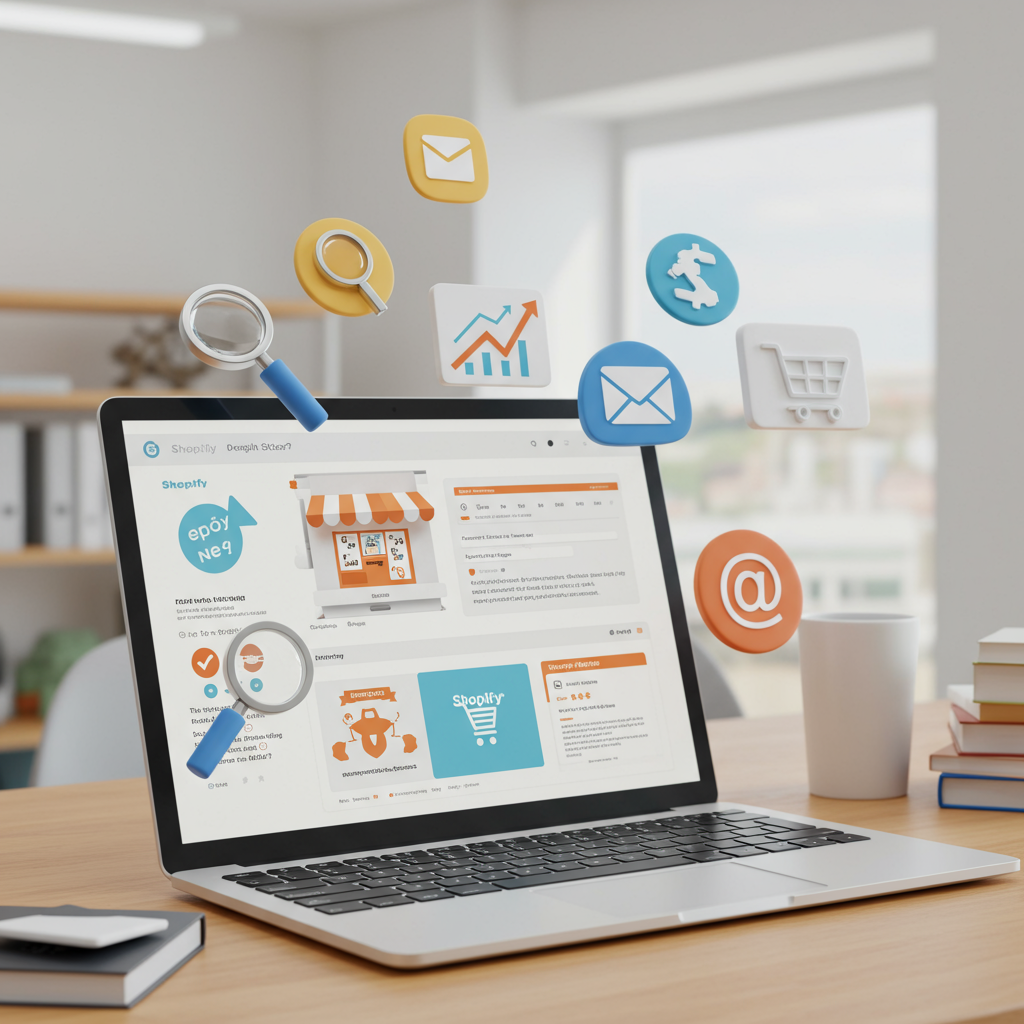My personal guide to accelerating your e-commerce journey from launch to consistent sales.
Welcome, fellow entrepreneur! I remember the excitement, and perhaps a touch of overwhelm, when I first launched my Shopify store. It’s a fantastic platform, but getting noticed and making those initial sales can feel like climbing a mountain.
That’s why I’ve put together this guide, sharing some of the most effective growth hacks I’ve learned and applied over the years, specifically tailored for new Shopify sellers like you. My goal is to help you accelerate your journey from launch to consistent sales.
The very first hack, and arguably the most crucial, is **Niche Validation and Deep Understanding**. Before you even think about products, truly understand who you’re selling to and what problem you’re solving for them.
Don’t just pick a product; pick a passion or a pain point. Research your target audience’s demographics, psychographics, and online behavior. Where do they hang out? What are their aspirations?
This deep understanding will inform every decision you make, from product selection to marketing messages, ensuring you’re not just shouting into the void but speaking directly to your ideal customer.
Next, let’s talk about your **Store’s First Impression: Professionalism and Trust**. Your Shopify store isn’t just a place to list products; it’s your digital storefront, your brand’s home.
Invest time in a clean, intuitive theme. Shopify offers many excellent free themes that are mobile-responsive and visually appealing. Don’t overcomplicate it with too many flashy elements. Simplicity often wins.
High-quality product photography is non-negotiable. I cannot stress this enough. Blurry, poorly lit images will instantly turn customers away. If you can’t hire a professional, learn some basic photography skills or use a smartphone with good lighting.
Show your products from multiple angles, in use, and with lifestyle shots. This helps customers visualize themselves with the product and builds desire.
**Compelling Product Descriptions** are your silent salespeople. Don’t just list features; highlight benefits. How will this product improve your customer’s life? What problem does it solve?
Use storytelling where appropriate. Make your descriptions engaging, easy to read, and include clear calls to action. Think about the emotional connection.
Now, for getting traffic: **Search Engine Optimization (SEO) Basics**. Even as a new seller, you can lay a strong foundation. Start with keyword research relevant to your products and niche.
Use these keywords naturally in your product titles, descriptions, collection pages, and blog posts. Shopify has built-in SEO features that make this relatively straightforward.
Focus on creating valuable content, like blog posts, that answers common questions your target audience might have. This positions you as an authority and drives organic traffic over time.
**Leverage Email Marketing from Day One**. This is one of the most powerful assets you’ll build. Set up an email capture pop-up or form on your site, offering a small discount or exclusive content in exchange for an email address.
Create an automated welcome series for new subscribers. Introduce your brand, share your story, and highlight some of your best-selling products.
Don’t forget the abandoned cart recovery emails. A significant percentage of carts are abandoned, and a well-crafted email sequence can bring many of those customers back to complete their purchase.
**Social Media Presence: Engage, Don’t Just Sell**. Choose one or two platforms where your target audience is most active and focus your efforts there. Don’t try to be everywhere at once.
Share engaging content that resonates with your audience – behind-the-scenes glimpses, user-generated content, polls, and educational posts, not just product promotions.
Use relevant hashtags to increase discoverability. Interact with your followers, respond to comments and messages promptly. Building a community fosters loyalty.
**Customer Reviews and Testimonials: Build Social Proof**. People trust other people more than they trust brands. Encourage customers to leave reviews after purchase.
You can use Shopify apps to automate review requests. Display these reviews prominently on your product pages and even on your homepage. Positive reviews are gold.
**Offer Excellent Customer Service**. This isn’t just a hack; it’s fundamental to long-term success. Be responsive, empathetic, and go the extra mile. Happy customers become repeat customers and brand advocates.
Clearly state your shipping, return, and privacy policies. Transparency builds trust and reduces customer inquiries and potential disputes.
**Utilize Shopify Apps Wisely**. The Shopify App Store is a treasure trove. Look for apps that enhance customer experience, automate tasks, or provide valuable insights.
Examples include apps for upsells/cross-sells, loyalty programs, advanced analytics, or even print-on-demand integrations if that’s your model. Don’t overload your store with too many apps, as they can sometimes slow it down.
**Analyze Your Data Regularly**. Shopify Analytics provides a wealth of information. Look at your traffic sources, conversion rates, popular products, and customer behavior.
Use these insights to make informed decisions. If a product isn’t selling, perhaps its description needs work, or the price is off. If a marketing channel isn’t performing, re-evaluate your strategy.
Finally, and this is perhaps the hardest hack of all: **Patience and Persistence**. Building a successful Shopify store takes time, effort, and continuous learning.
There will be ups and downs, but don’t get discouraged by slow starts. Keep experimenting, keep learning, and keep refining your approach.
I truly believe that by implementing these growth hacks, you’ll be well on your way to building a thriving Shopify business. What do you think about this article? I’d love to hear your thoughts and any strategies you’ve found successful!






